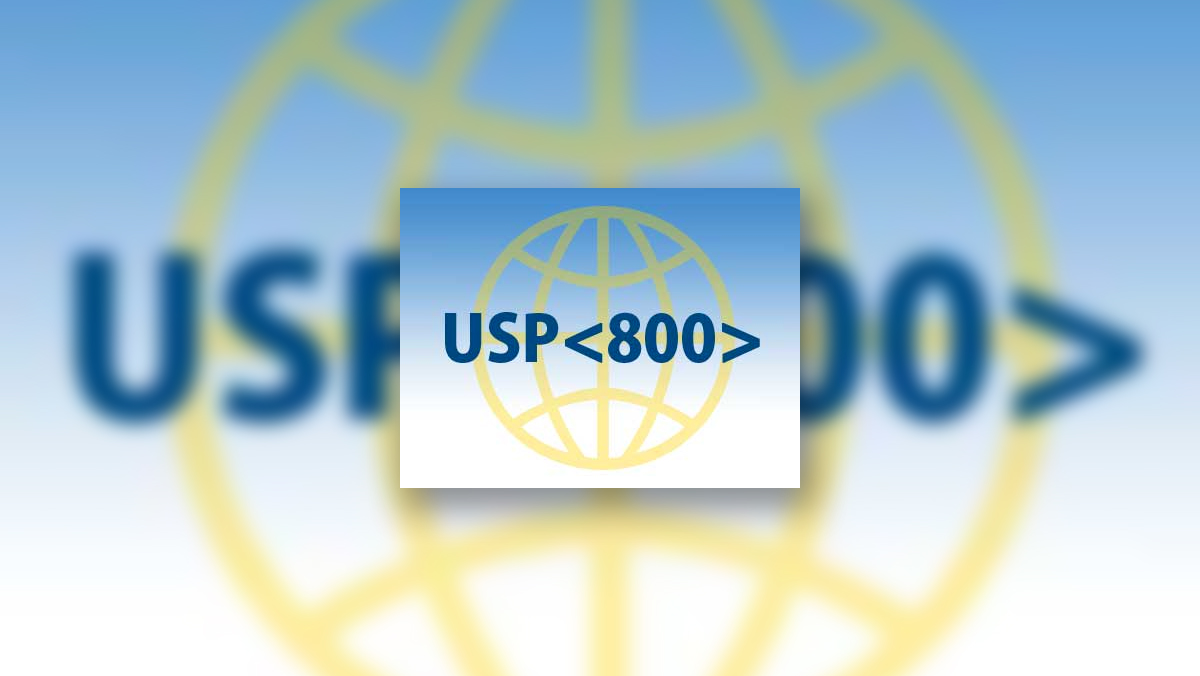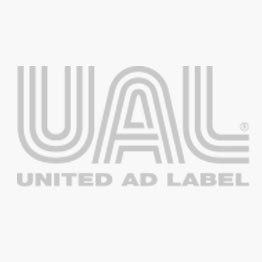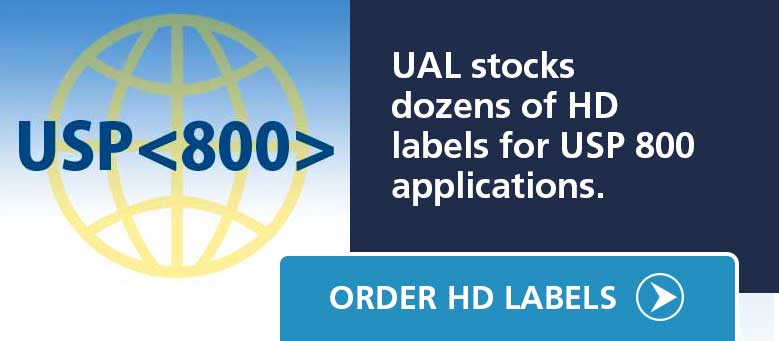Blog post updated 01/16/23
Original publish date 3/4/21
Medication compounding is an effective tool providers use to help meet the unique needs of patients. In fact, because of dosing requirements, allergies or rare diseases, it provides patients access to medications that would otherwise be unavailable. But medication compounding, especially sterile compounding, needs to incorporate specific standards to ensure patient safety.
That’s the purpose behind USP <800>. These guidelines help to prevent sub-potent, super potent or contaminated medications and prevent exposing patients to the risk of adverse events. And now, after numerous revisions, a final chapter has been released which is enforceable starting November 1, 2023.
This article details those updates and the compliance steps necessary to meet USP 800 labeling requirements and ensure the safety of your staff and patients.
Who Does USP 800 Apply To?
Many organizations including pharmacies, hospitals and other healthcare institutions, patient treatment clinics, physicians' practice facilities, or veterinarians' offices use HDs. And the steps recommended in USP 800 promote patient safety, worker safety, and environmental protection when handling hazardous drugs. USP 800 is enforced by the FDA and other oversight agencies such as The Joint Commission.
Use these strategies to comply with the standard and protect those who administer and come into contact with hazardous drugs.
How To Comply With USP 800
Complying with USP 800 starts with identifying the type of drug you are using. For example, if the drug is a hazard or not determines which regulations to follow. Further, if the drug requires compounding, you may need to implement additional controls. So first, identify the HDs you handle to ensure proper management.
Identify Hazardous Drugs (HDs)
Start by closely reading the National Institute for Occupational Safety and Health’s (NIOSH) 2020 list of HD to see which are classified as hazardous. Although the official list hasn’t been updated since 2016, NIOSH did propose updates in 2020 which serves as a useful guide.
NIOSH defines HDs as the following:
- Carcinogenicity
- Teratogenicity or other developmental toxicity
- Reproductive toxicity
- Organ toxicity at low doses
- Genotoxicity
- Structure and toxicity profiles that mimic existing drugs determined hazardous by the above criteria
Further, this article from Pharmacy Practice News offers additional insights about identifying and handling hazardous drugs.
Inventory Hazardous Drugs (HDs)
Once you’ve identified the HDs, segregate the inventory. Typically, the hazardous drug name, its form and whether it is a tablet, capsule or liquid, should be noted. Shelf labels help communicate that vital information to your staff. In addition, precaution labels applied to the container alert workers to the hazardous drug and its potential harm.
Use Appropriate Personal Protective Equipment (PPE)
An essential USP <800> safety element is the use of appropriate PPE. Proper garbing and hand sanitation before donning gloves or other proper garbing are reinforced in this chapter.
In fact, PPE must be worn when handling HDs during receipt, storage, transport, compounding, administration, deactivation/decontamination, cleaning and disinfecting, spill control, and waste disposal. Auxiliary labels are an effective way to guide staff on the proper administration and disposal of the PPE.
Also, personnel cannot have:
- Gum or mints
- Jewelry and cosmetics
- Fingernail polish or extenders
- Eyeglasses
When entering a sterile compounding area. Further, soap containers within the area must be replaced, not refilled.
Handling and Transporting Hazardous Drugs (HDs)
When shipping HDs to locations outside your operation, consult the transport information on the safety data sheet (SDS). You must ensure that labels and accessory labeling for the HDs include storage instructions, disposal instructions, and HD category information in a format that is consistent with the carrier's policies. GHS labels are a common method used to communicate this information.
Medication Compounding Labeling
Also, some HDs are formed by medication compounding. And it's the compounding area, and specifically Beyond Use Dates (BUDs) that the new USP revisions impact the most.
First, when compounding HDs, in addition to the recommended PPE and safe handling requirements, proper labeling is also a must. In fact, personnel must ensure that the labeling processes for compounded preparations do not introduce contamination into the non-HD handling areas.
Further, labeling should be done according to state and federal regulations and include the:
- Generic or chemical names of the active ingredients
- Strength or quantity
- Pharmacy lot number
- Beyond-use date
- Any special storage requirements
Typically, organizations use pharmacy and prescription medication labels for compounding applications.
New Beyond Use Date Requirements
The new guidelines further fine tuned beyond use dates.
What Is a Beyond Use Date (BUD?)
A BUD serves to alert healthcare workers to the time/day after which a CSP or CNSP must not be used.
New Factors For Establishing BUDs
There were two primary changes to BUDs. First, the categorization of compounded sterile preparations (CSPs) from microbial contamination risk levels (i.e., low-, medium-, and high-risk level) to Category 1 and Category 2 CSPs changed. Category 1 and Category 2 are distinguished primarily based on the conditions under which they are made, the probability for microbial growth, and the time period within which they must be used.
Additionally, Category 3 CSPs were added to describe the requirements a compounding facility must meet at all times for assigning BUDs. Category 3 CSPs may be assigned longer BUDs than the limits set for Category 2 CSPs up to a maximum of 180 days when compounded in accordance with all Category 3 CSP requirements.
The revised chapter also addresses compounded nonsterile preparations (CNSPs) requiring shorter BUDs and BUDs for CNSPs that may be extended.
You can learn more about these changes here.
USP 800 Processes Protect Your Staff
Without proper safeguards, HDs can severely impact your staff. And, even though clinicians understand that drugs can be harmful, what they fail to realize is that they are potentially exposed when performing routine handling activities. Exposure can cause numerous issues ranging from hair loss to kidney damage and even cancer. Implementing the safeguards detailed in USP 800 will reduce those risks.
United Ad Label USP 800 Services
United Ad Label provides stock and custom USP <800> labels that help healthcare organizations protect their workers, patients, staff, family and visitors. Contact us to learn more.
Editor's Note:
This post was originally published in December 2019 and has been updated with the recently released revisions.


